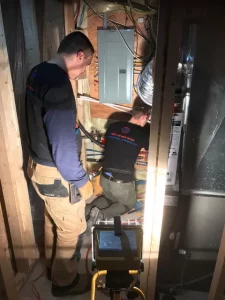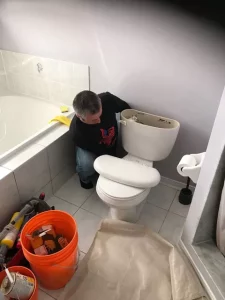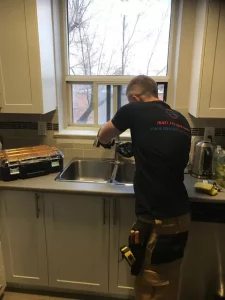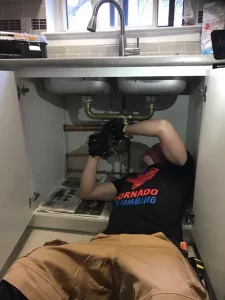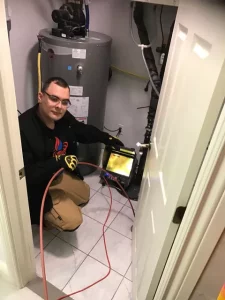EXTERIOR BASEMENT WATERPROOFING
Methods Of Exterior Basement Waterproofing
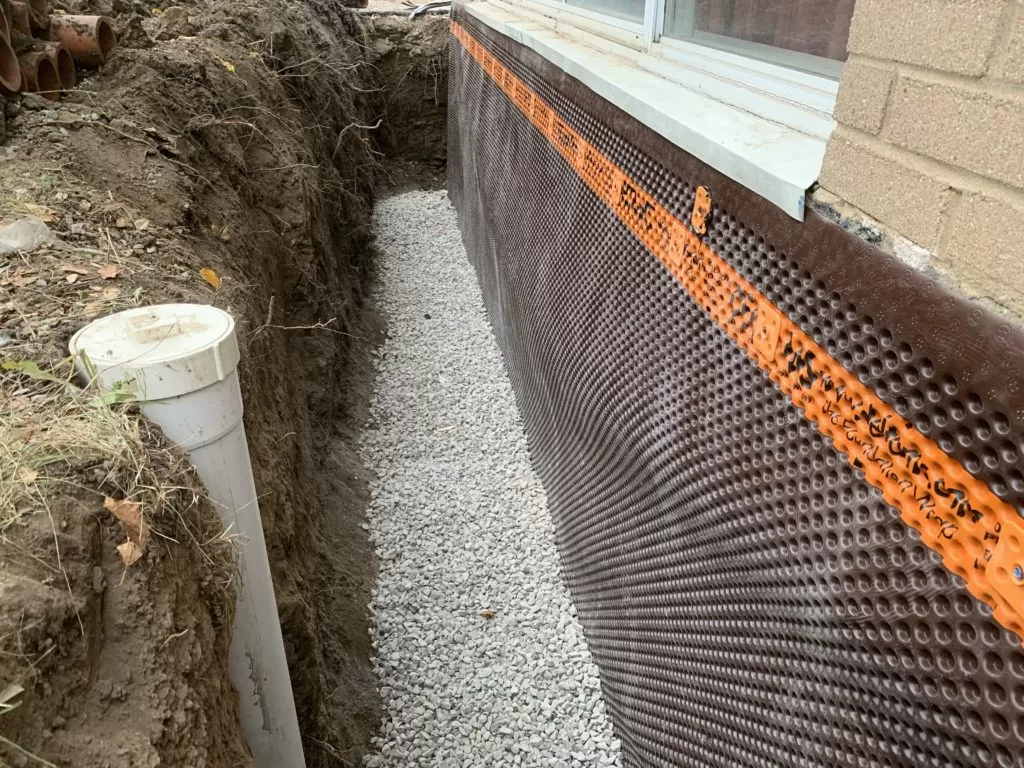
Exterior basement waterproofing is often associated with digging. Though, it is a more extended process involving excavation work around the entire foundation area which is subject to water penetration. Sometimes, the company which is doing waterproofing work needs a locate. This is a special permit to ensure that all the jobs will be carried out carefully and professionally. The reputable company can offer various waterproofing options to seal the foundation. They may include installing an external waterproofing membrane, weeping tiles, or cementitious solutions. All of them are used to redirect any excessive water or dampness from your foundation.
- 100% Customer Satisfaction
- 25 Years NO LEAKS Guaranteed!
- Licensed and Insured
- In Business since 2014!
- Over 800 positive reviews
- Solutions for every budget
Waterproofing or Damp Proofing
When your basement and foundation suffer from extended water flow or moisture, you are commonly offered waterproofing or damp-proofing. Very often, you do not see much difference in these terms because both procedures are meant to reduce the penetration of water through the materials your house is built from. However, there are some important differences to discuss and understand. If your concern is excessive moisture in the basement, just have a quick look at the difference between damp-proofing and waterproofing to know what to expect.
Waterproofing involves the procedure of blocking any water from penetrating into the materia l(water vapor, flooding caused by hydrostatic pressure, or even soil moisture).
Damp-proofing is related to water vapor and soil moisture only. It cannot control flooding water. That is why damp-proofing may turn out to be insufficient in the areas with high water tables or extensive water in the soil. Damp-proofing can be used here only under certain specific conditions. For instance, you may want to seal the finished footing from the grade to the top. In this case, the procedure will involve a sealant that is applied to the outer part of the foundation walls. That can prevent soil water vapor from penetrating into the waterproofing material of the construction.
Sealing
The basement and foundation walls are most often subject to water seeping in because they are in close contact with the soil. That is why they should be sealed with concrete waterproofing sealer. However, keep in mind that even if concrete does not absorb water, it may allow moisture penetration. The concrete waterproofer helps make your home free of mildew and humidity indoors. So, concrete coating can differ according to the conditions. Some of the most widely used ones for masonry and concrete walls are described below. Excavation and backfill jobs are not considered here.
Cementitious
Cement waterproofing is usually used in dry climatic conditions. This solution has many benefits. The cement coating is thick and quite durable. It is easy to apply and it provides a smooth surface that can be painted. This option works very well for crawl space sealing or patching cracks. However, the cement as a material is not flexible, so it is very ineffective when applied for cracking or joint movements. This is its significant drawback.
Foundation Waterproofing Membrane
The exterior of your foundation can be coated with a special membrane. It is meant to block all the excessive water before it approaches the foundation wall. This way, the damage from the water caused to thee foundation is diminished. Therefore, your personal belongings or other parts of the house will not suffer at all. Your crawlspace or basement can be used for storage or for other family’s needs.
Weeping Tiles
The common drainage system which is called weeping tiles should be installed around the house foundation close to the exterior part of footing at the base of the foundation walls. Very often, this system is also called drain tile or drainage tile. It works to block and redirect water which usually accumulates at the footing (or at the foundation base). This excessive water is drained to the storm sewer located in the street or into a sump pump liner. The latter is normally located underneath the floor of your basement.
When water stays for long at the foundation base, something should be done about it. The foundation is usually made of concrete, concrete block, or cinderblock and these materials are rather porous. They tend to absorb water very fast and that results in the situation when the basement foundation wall collects all the water around depending on the water table height. In the end, your foundation turns out to bathe in the puddle of water for a long time if this water is not drained immediately. The outcomes are obvious – the base of the foundation is damaged and you get the wet basement which is occasionally flooded.
Weeping tiles are specifically meant to discharge and redirect the underground water. In fact, this system does not look like tiles. It consists of 4-inch porous pipes. However, the name dates back to the time when tiles made of terracotta were used in place of draining pipes. Modern weeping tiles are made of plastic. They have weep holes or slits for redirecting water you’re your home foundation.
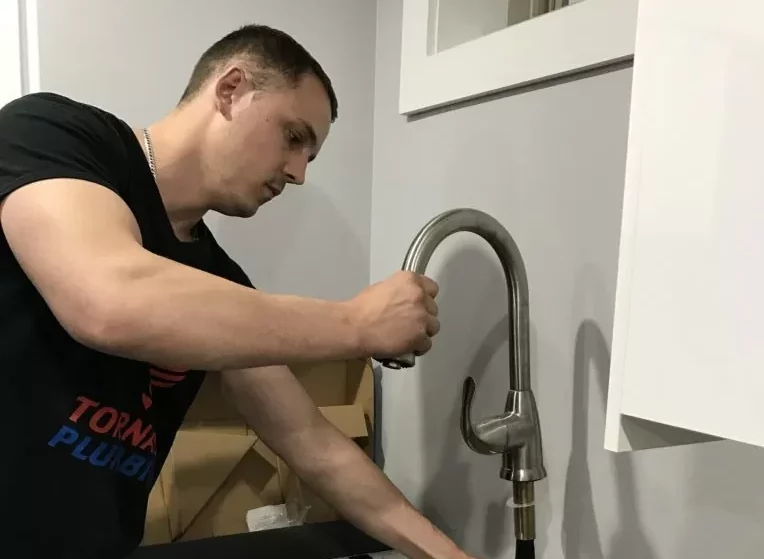

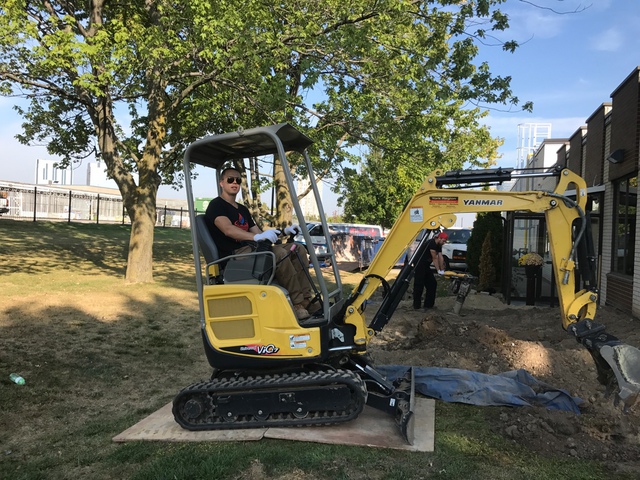
OUR GUARANTEE
Reputable and Licensed team for your next project!
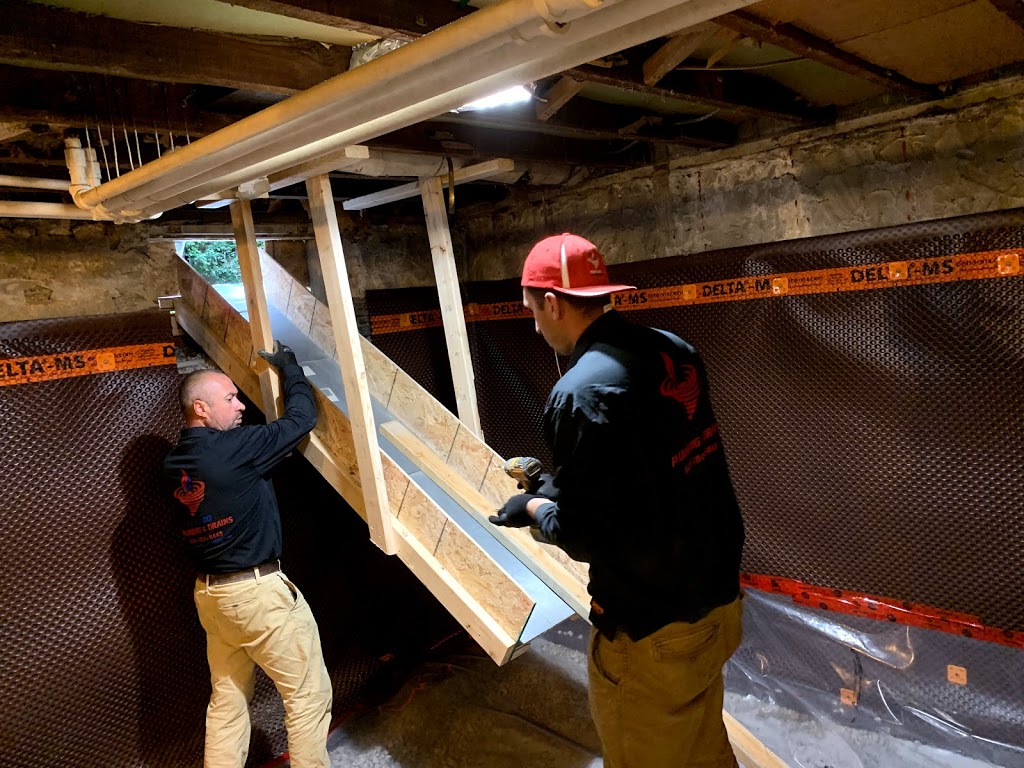
- Guaranteed best price!
- Job completed on time!
- Licensed and Insured Company!

Serhiy Marunchuk
Company Owner
OUR TESTIMONIAL
Real reviews, from real people. Read our google reviews and understand why Tornado-Plumbing is a great choice for all your plumbing needs.




Recent Blog Articles
Signs You May Need to Have Your Drains Cleaned
When was the last time you checked the condition of your drains? For most people, arranging an inspection of their property’s drainage network is low on their list of priorities – which is a shame! Over time, it’s almost inevitable that detritus will build up in your drains, eventually leading to an unwanted blockage. […]
Things to Look For When Hiring a Plumber
We have all heard horror stories of plumbers who show up, make the problem worse, charge an arm and a leg, and then mysteriously vanish. Nobody wants to flush money down the toilet like that (no pun intended), so how can you avoid it? This article discusses how to hire a quality plumber, the questions […]
The Benefits of Hiring a Professional Plumber
Nobody wants to pay out more than they need to resolve plumbing issues. As a result, many homeowners decide to fix leaks or other defects themselves, hoping to save money. Unfortunately, DIY plumbing solutions frequently create more problems than they solve. In the long term, the cost of the structural damage and inconvenience caused by […]

